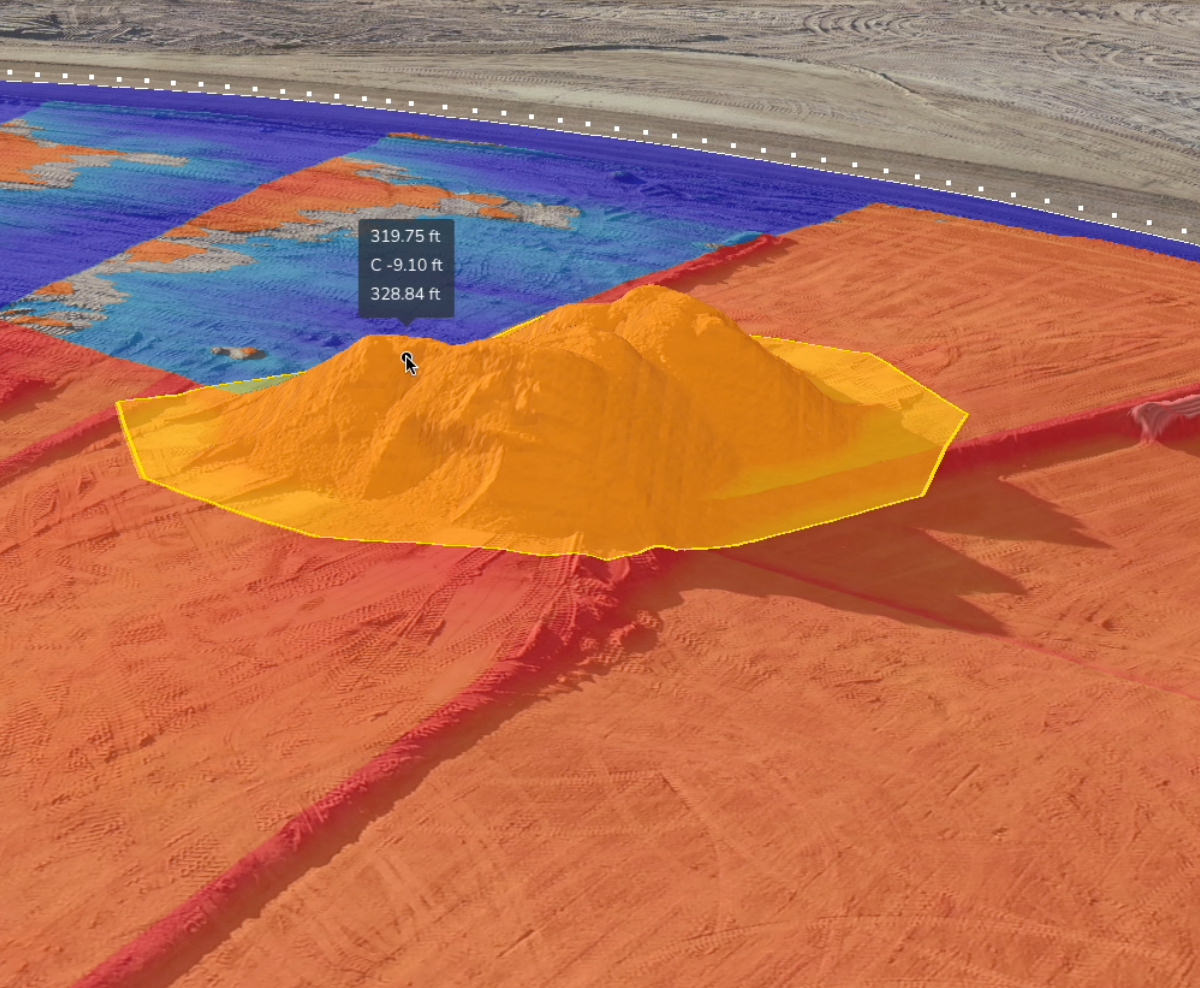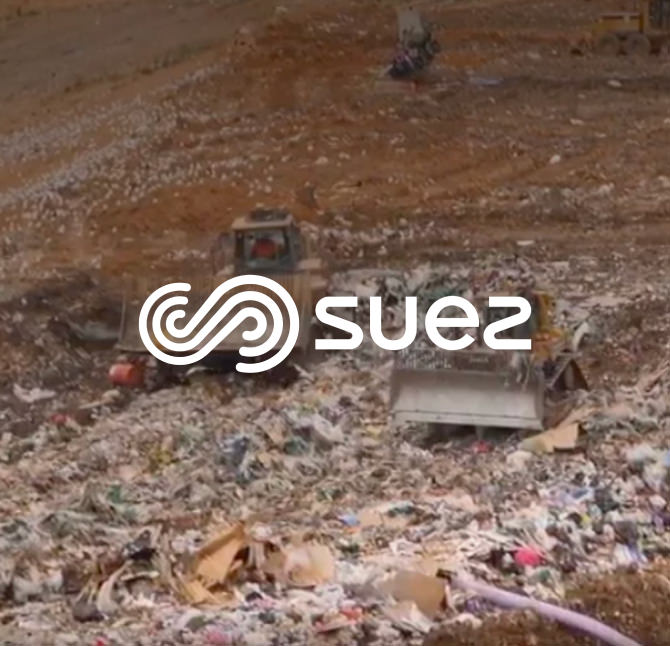Home/California Landfill Calculates Remaining Airspace, Tracks Compaction with Propeller
California Landfill Calculates Remaining Airspace, Tracks Compaction with Propeller
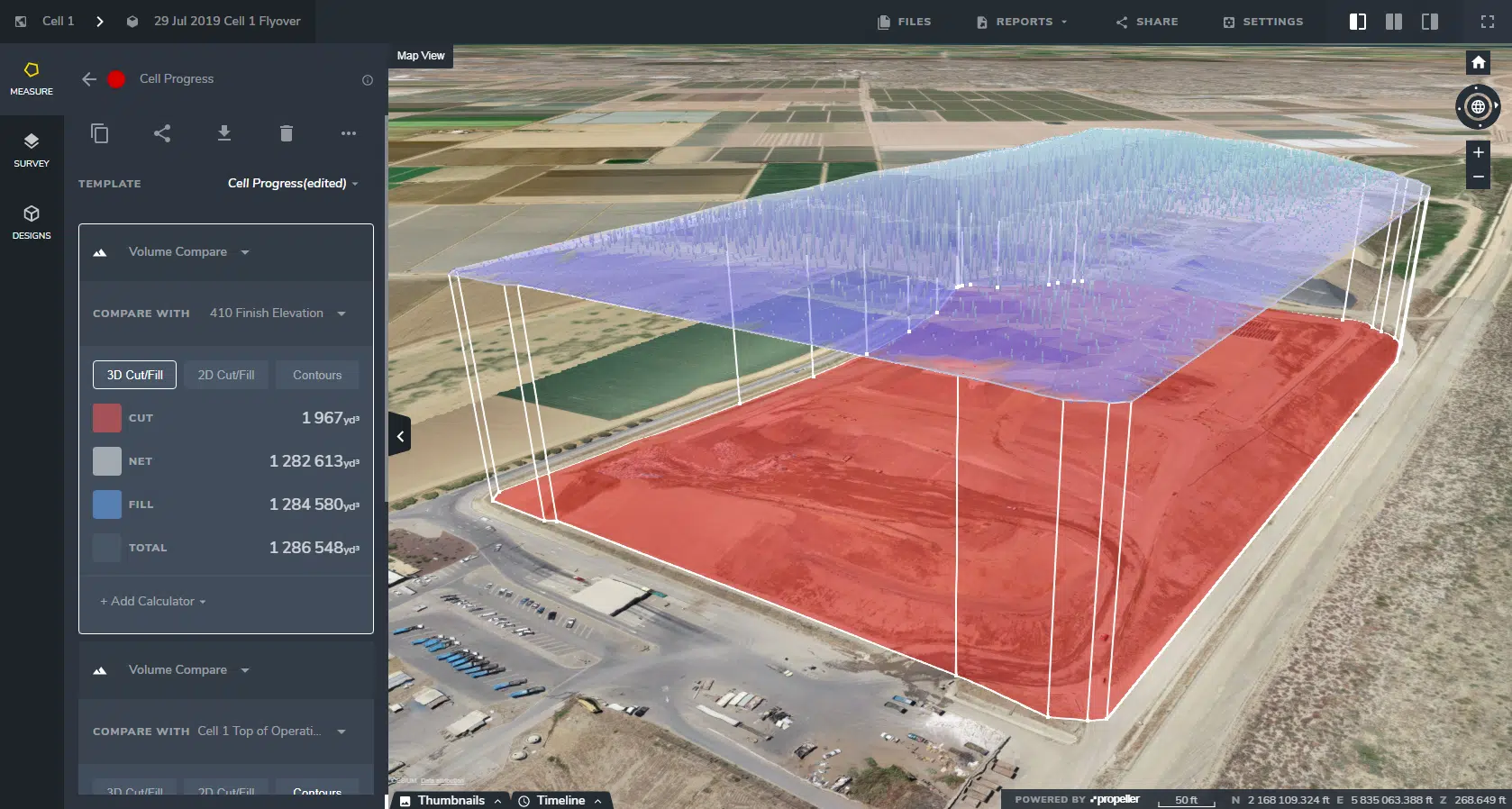
Two hours north of Santa Barbara, California, sits the Santa Maria Landfill. Serving the City of Santa Maria, which is one of the largest in that coastal area, plus a couple of surrounding towns in northern Santa Barbara and San Luis Obispo counties, the landfill covers some 200 total acres.
Santa Maria Landfill is using Trimble Stratus, powered by Propeller. Trimble, the global leader in positioning technologies, was an early partner of Propeller. Our teams work closely together to deliver Trimble Stratus survey-grade drone data solutions for the heavy civil industries.
It’s also approaching its end of life, and is scheduled to close in 2027. To better track remaining airspace and optimize compaction, Santa Maria sought to use drone surveying and Propeller to measure and manage their landfill site.
Determining landfill’s end-of-life timeline prompted drone use
Trent Girouard, one of the landfill’s engineers who has previous experience in wastewater management, runs Santa Maria’s drone program. “Before coming here, I wasn’t very familiar with the landfill side of utilities, but it’s been an excellent process to learn everything. And part of that was learning about the drone,” he said.
A big motivation for surveying their landfill by drone is that ticking clock on the landfill’s life. “Considering how many people we have, how big of a city we are, we thought it would be prudent to start tracking compaction, volumes, remaining airspace, so we can have a very clear idea how much time we have left in this particular active area,” noted Girouard.
Santa Maria had been looking into getting a drone for the year prior, and Girouard was hired to get it up and running. When asked what was the hardest thing about getting up to speed with all things drone for his job, Girouard said, “The learning curve was hardest when I had to take the test to get licensed as a remote pilot. A lot of that was aeronautics stuff I’ve never learned before.”
After passing his Part 107 exam, it was smooth sailing. “Once I had the drone in my hands, the controls were pretty self-explanatory,” he remembered. “You could probably be flying a drone in a couple minutes. It’s pretty simple.”
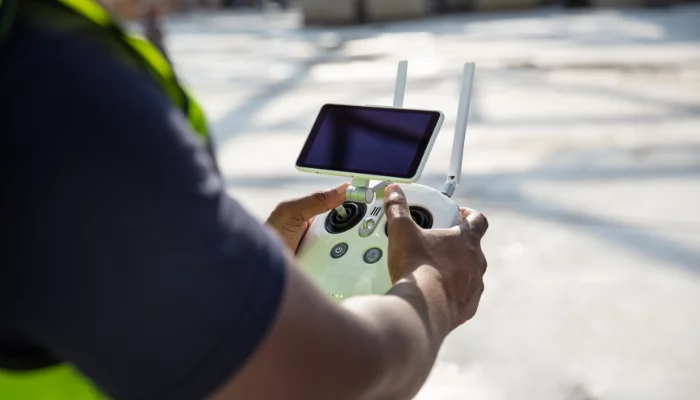
Before Propeller, “it was a lot of guesstimating”
Prior to Santa Maria using Propeller and flying their own surveys, they outsourced their flyovers. Those would only happen once or twice a year.
“They’d use what they could get from that topo, as well as their own judgement,” explained Girouard. “It’s the judgement of the older operators who had experience with this kind of decision making. A lot of it was guesstimating.”
Today, Girouard flies the landfill weekly. “That’s about as long as it usually takes to fill a cell in with trash and cover it with dirt,” he said.
Tracking airspace and compaction with Propeller PPK is easy
The first and biggest use of drone surveying for Santa Maria is to survey their active cell area. It only takes about 40 minutes to fly the main cell and recycling operation next door, too.
Before using drones, “they’d have to go out with the rover and walk the trash or walk the stockpiles,” remembered Girouard. “It’s much faster, more efficient, and a lot safer than having to run around in the trash.”
Using a Phantom 4 RTK in the Propeller PPK solution, Girouard can stay safely away from dangerous site areas and not have to walk around to set up proper ground control.
Propeller PPK is “not just the drone, but this thing called an AeroPoint, which is a ground control point, and is used to get accurate data on the ground,” explained Girouard. “It used to be you had to set up around ten of those, now you set up one because the drone, more or less, has a rover on top of it.”
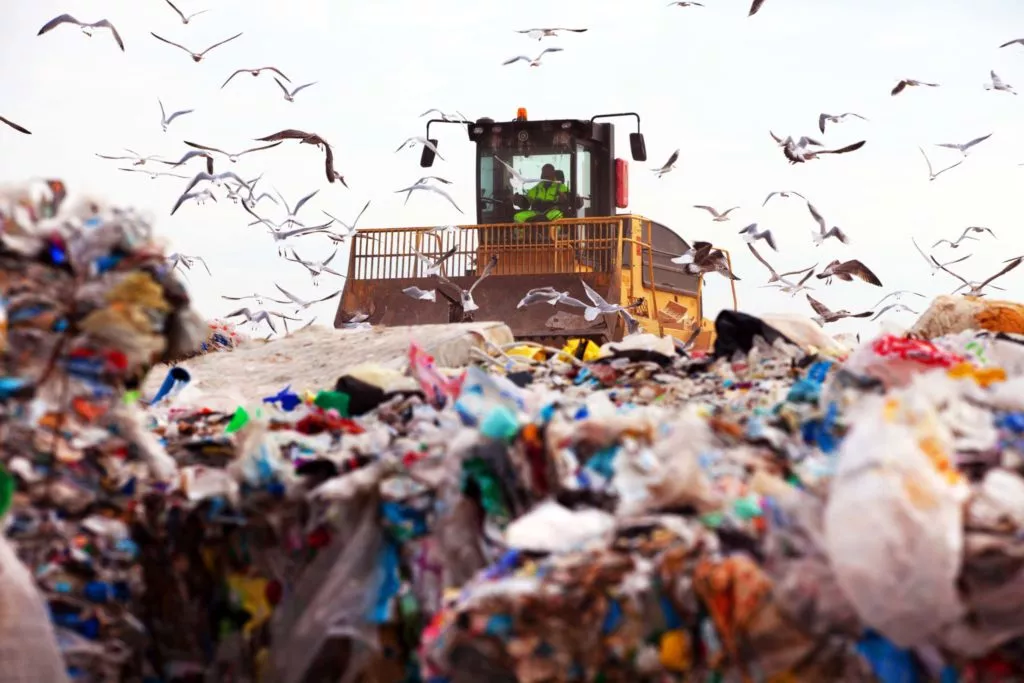
On-hand compaction rates mean better landfill efficiency
After uploading his data to Propeller, Girouard gets a 3D site survey back in 24 hours. He can compare it to his previous flight and see the fill progress over time.
“I can take the volume of that difference and put in a tonnage that we get from the scalehouse,” explained Girouard. “Then I will calculate [the compaction], which is how well that tonnage is meeting the volume. The more tonnage we get into the same volume, the better the compaction.”
Having those numbers on hand and updated regularly allows Girouard to see how the operators are doing and understand how efficiently the landfill is running. Because of the visual nature of the 3D survey, “We also use the data to talk with the operators about compaction, techniques, and what we want to see out there,” he said.
Santa Maria can make better, data-driven decisions with Propeller
One of the most valuable outputs Santa Maria gets from their drone data is the topo. They use the 3D model from Propeller and load it into AutoCAD to make a contour map.
“We can use that to figure out what we want to plan for the future,” said Girouard. “As in, filling in a certain area because we want to fill in the landfill area in such a way that we can control the water.”
If landfills don’t plan this way, they risk having their working areas pool with water. Ideally, you want to be working in an area where the water can come off as it slopes. Santa Maria can be certain of how the water will run because they have these current topos. No more guesswork.
Another big use of Propeller comes when talking to consultants about adding more gas-collection lines. “There are regulations regarding those emissions, so we use the topo to plan future wells we might add or future lines we might change,” Girouard noted.

Up-to-date data is used for regulatory compliance
Unsurprisingly, landfills are highly regulated and every one must report to a regulatory agency on compliance. At Santa Maria, a compliance department is dedicated to the landfill’s activities. They use Propeller to provide reports to various agencies.
“For example, CalRecycle (California Department of Resources Recycling and Recovery) is a pretty big agency,” said Girouard. CalRecycle is a part of the California Environmental Protection Agency. “They [want] to see what our gas-collections system looks like. That means where our pipelines are, where our wells are, and what the most recent topo looks like.”
Before Propeller, the department had to do the best they could with any topos they had, even if they were out of date. “Today, it’s very easy for me to go out and fly the area to figure out where the pipelines and wells are,” said Girouard.
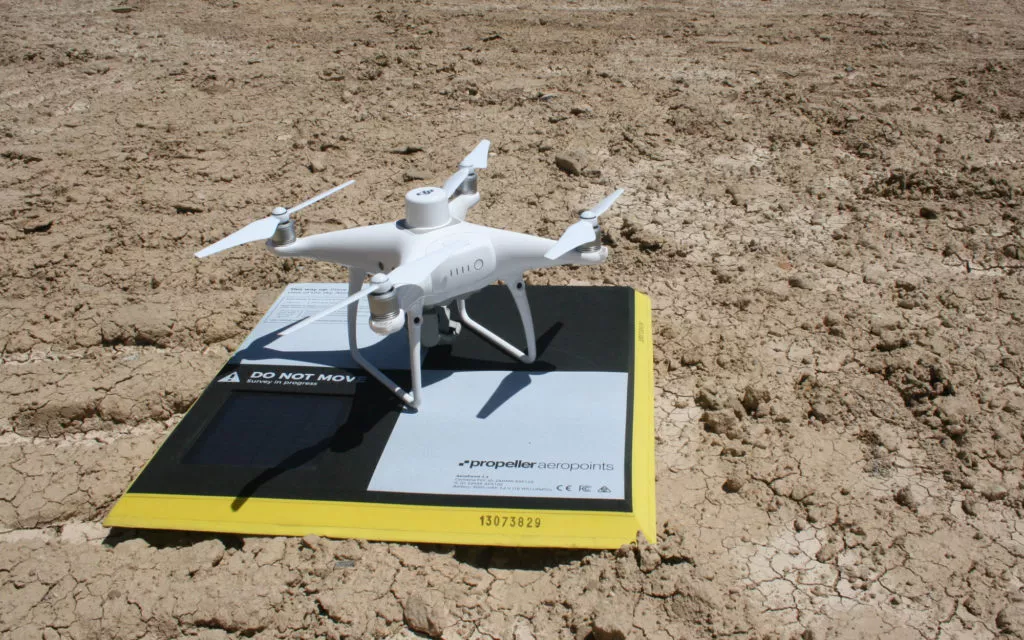
Santa Maria uses Propeller for contractor and team communication
Similarly with providing reports and topos to external agencies, Santa Maria also uses 3D site surveys to communicate with team members and contractors.
When it comes to his team, using visuals to communicate what work needs to be done on the landfill is much easier than written memos or spreadsheets. For example, they had a sliver of space open on the southern part of the landfill they wanted to fill, but the volume was unknown.
“So I took a design we made in AutoCAD, which would be the ‘fill’ for that area, and the drone topo, and calculated the volume between the two,” recalled Girouard.
He passed that information off to the operators, who were then able to figure out how long it would take to fill. “They were able to make a fill plan from those calculations. That’s currently what we’re doing now, acting on those plans,” he said.
Working with a construction contractor isn’t so different. They simply need different information.
“This site is going to close in about seven years. We’re already investigating the opening of a new site a little bit down south,” explained Girouard. They’ve already flown a recent construction project on that site for the entrance road that will lead to the new landfill. “We’ve sent that topo off to the consultants and they’ll use it for their designs.”
When construction is complete, the very first survey (as-built) for any new landfill cell is critically important. It sets the bar for cumulative density measurements. Using the as-built lets you measure how good the compaction is over time plus how the landfill itself settles.
One of the tricky things about measuring landfill density is you never know how much the past surface has settled between flights, but you do know that the bottom of the landfill is stable. So without that initial measurement, you can’t measure cumulative density accurately. Once Santa Maria has constructed their new cell, they’ll fly that initial survey before any fill is added.
Knowing remaining airspace is “worth its weight in gold”
For all the easy communication, visuals, and time-savings Propeller provides, Santa Maria also uses it for the basics: calculating remaining airspace in the current landfill.
Girouard and his team estimate that for about $180 per flight, they can easily calculate how much airspace they have left in a few clicks on the Propeller Platform.
“That’s worth its weight in gold, because if we don’t know how much airspace we have left, it’s a guessing game of how long we have left here at the landfill,” said Girouard.
Because Santa Maria’s closing date is so close, it is extremely valuable to have that data on demand. “If we needed to know right now how much airspace we have left, it’d be no problem for me to go outside, fire up the drone, fly it really quickly, and have the answer back in less than a day.”
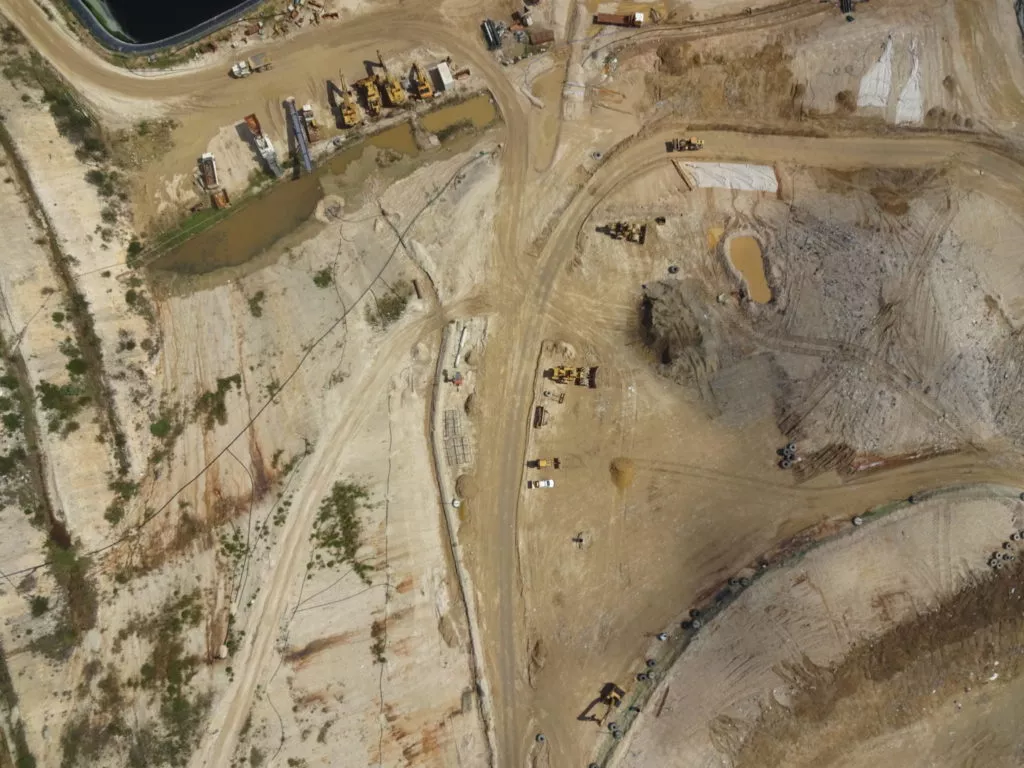
Want to know how Propeller can help you?
Learn more about Propeller’s products, pricing, and how to get started on your site.
